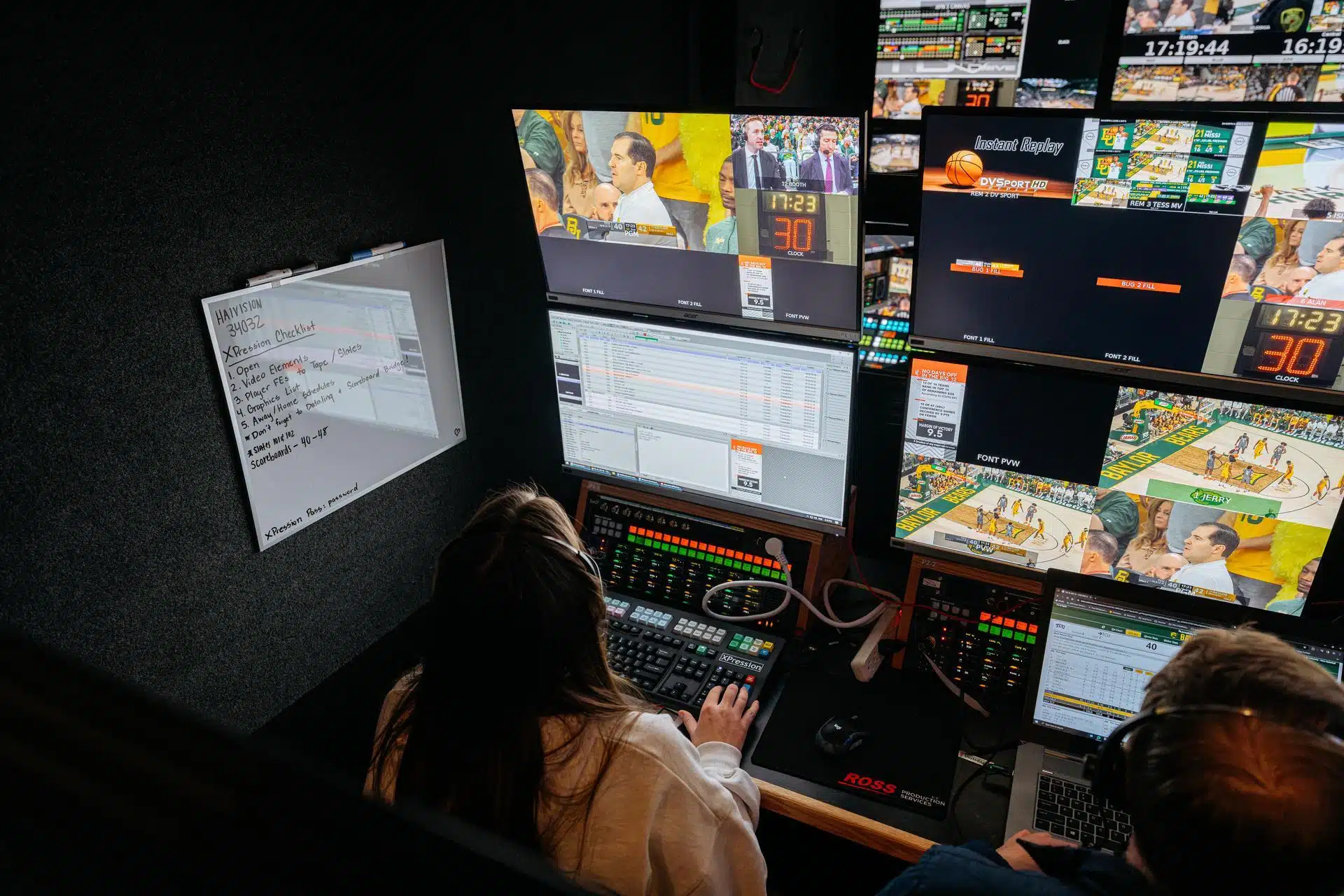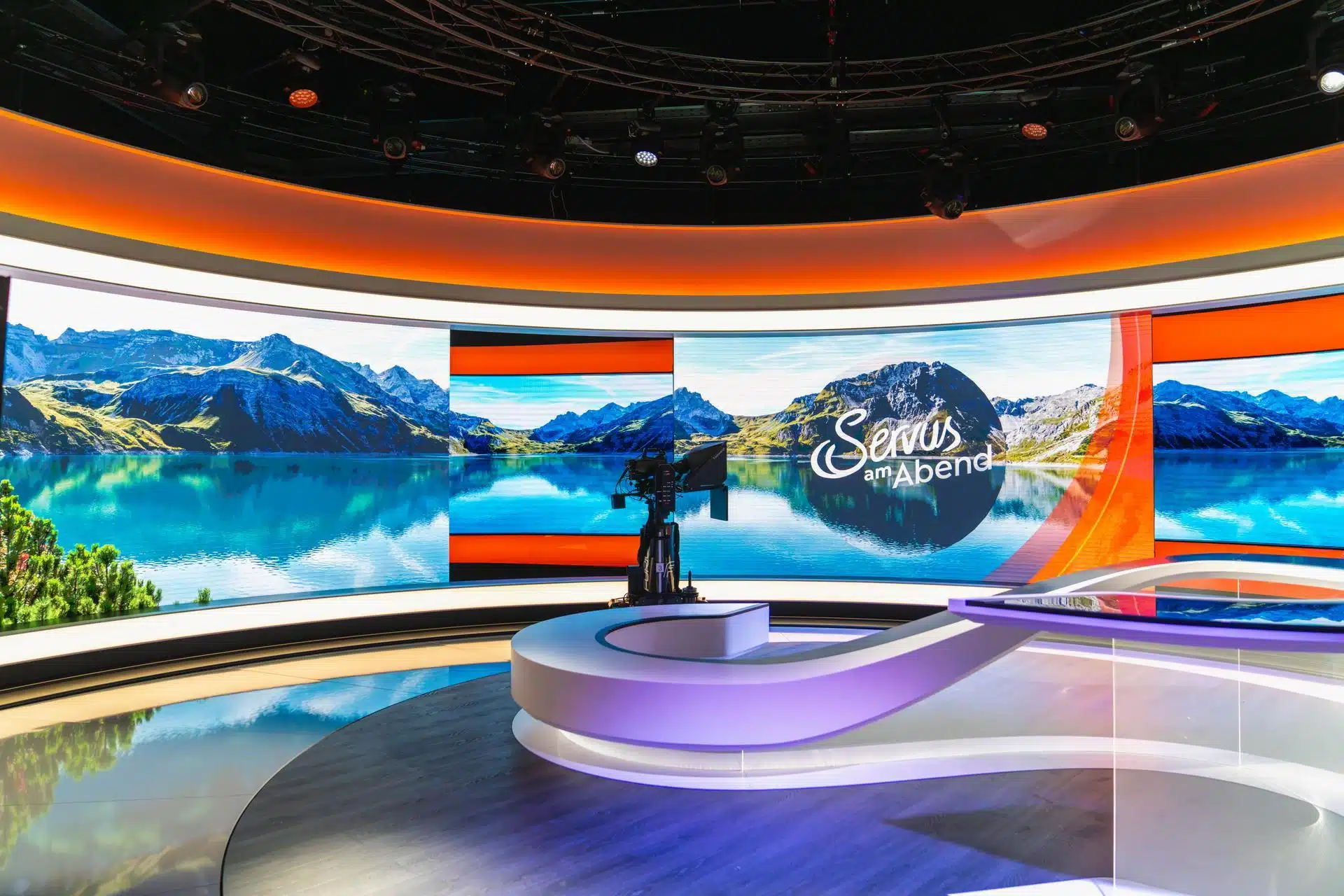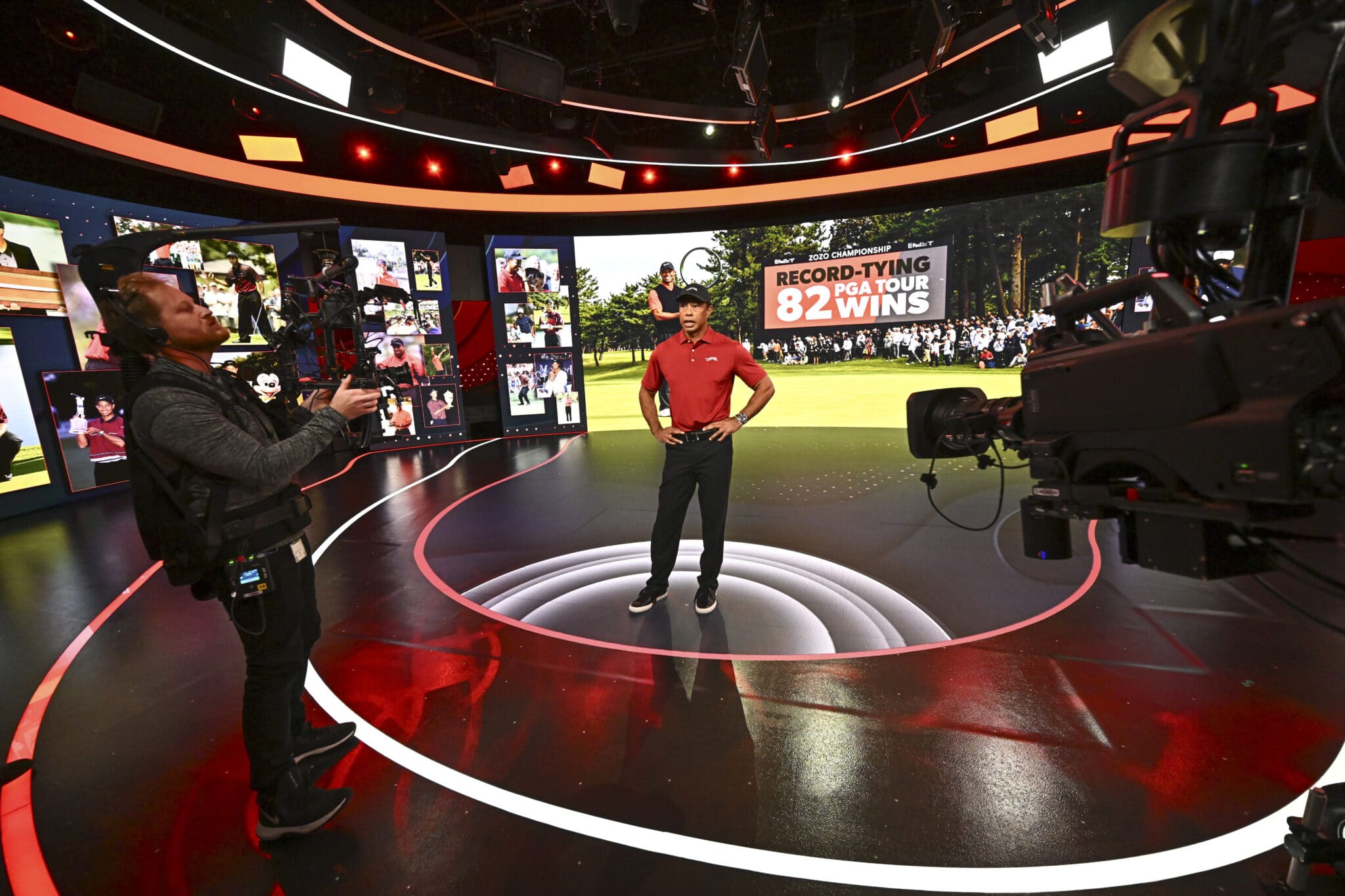Legacy broadcast graphics vendors can’t keep pace with modern demands. Discover how Ross Video’s XPression and Voyager platforms enable a seamless, future-proof transition to mission-critical, high-performance graphics.

Some legacy broadcast graphics vendors trace their origins back to the 1980s and even earlier. While these platforms were once industry staples, many are now considered outdated, earning the label “legacy” systems. Though they may carry brand familiarity and a long history, these aging tools and workflows are increasingly misaligned with the demands of today’s broadcast environment. Established vendors may have considerable brand-name appeal and a proven track record, but they might not be fully equipped to meet the technological demands of current video production environments. Simply put, more and more organizations are abandoning their legacy graphics systems in favor of far more adaptable next-generation systems that are capable of bringing them into the future of broadcasting.
The problems
As legacy graphics systems age, they become increasingly prone to hardware component failures, which can cause unexpected shutdowns. Their incompatibility with modern software platforms and digital devices often results in rendering output errors, driver incompatibility, and delivery glitches. Outdated graphics systems may also suffer from frequent crashes, data loss, slow start-up times, playback lags, and outdated user interfaces that complicate workflows. In general, aging graphics infrastructure puts broadcasters at higher risk of workflow disruptions and on-air issues that audiences are quick to notice, not to mention the constant frustration it creates for your production team.
Don’t come up short with an outdated broadcast graphics system
As many older graphics systems approach end-of-life or require costly maintenance to keep them running, broadcasters that rely on them are facing increased levels of operational risk. Limited operating system (OS) compatibility and escalating support costs can lead to security risks and technical failures, which can cause outages during live production and long-term reliability concerns, especially for content creators working in mission-critical environments. If this sounds like your current graphics workflow, you already know how these issues can interfere with broadcast hardware and software functionality — causing technical failures, missed graphics in production, and escalated financial liabilities.
Is it time for an upgrade?
A fully supported, industry-leading graphics solution ensures long-term reliability, regular software updates, and responsive customer service. In many cases, outdated graphics systems are unable to deliver these benefits adequately. Choosing a best-in-class, next-generation graphics platform with a strong roadmap and dedicated support enables broadcasters to mitigate risks and focus on delivering high-quality content to their audience. In many cases, upgrading to a new XPression graphics system can be accomplished in phases with minimal interruption to your daily workflow. Seamless integration with minimal downtime is enabled through industry-standard protocols such as MOS, CII, and openMAM, which allows XPression to interface smoothly with a wide range of newsroom systems, automation platforms, and other third-party tools.
Consider the Ross difference
When it comes to delivering high-quality, universally compatible video production and broadcast graphics equipment, along with comprehensive ongoing service, Ross Video stands out as a trusted and forward-thinking provider. Our graphics solutions include continuing software updates, responsive global support, and a clear technology roadmap to ensure stability for broadcasters both today and in the future. By partnering with Ross, newsrooms and production teams gain a future-proof solution from a manufacturer committed to long-term development and customer success.
XPression – Propelling broadcast graphics into the future
The bedrock component of Ross Video’s graphics offerings, XPression is a real-time CG and rendering engine that delivers high-performance graphics across live and recorded productions. While many legacy systems are limited to traditional lower thirds and basic on-screen graphics, Ross Video’s XPression offers nearly limitless possibilities that span the 2D and 3D realms.
While XPression excels at real-time 2D and 3D graphics, broadcasters seeking advanced immersive environments can look to Voyager—Ross Video’s Unreal-based platform built specifically for extended reality (XR) production. =The Voyager software is even integrated into the XPression MOS Client for seamless all-inclusive graphics workflows for newsroom users
Looking for more advanced graphics capabilities? XPression Tessera offers seamless, synchronized rendering across large video walls and LED displays—perfect for immersive studio setups and complex, multi-screen productions. You can also create exceptional map-based visuals with XPression Maps, enable touch-screen interaction using XPression Touch Factory, and enhance your spot box workflow with XPression FX, enabling dynamic video playback and advanced effects control for live productions.

Ross Video graphics in action
When they needed to upgrade the television production capabilities in their 165,000-square-foot facility in Ponte Vedra Beach, Florida, the PGA TOUR turned to Ross Video for graphics solutions. In particular, the world’s biggest professional golf organization wanted to provide more engaging and immersive experiences for its target audience of sports fans.
Using a suite of Ross products, including XPression, XPression Tessera, XPression FX, and Voyager, the PGA enhanced their overall viewer experience for all elements of their live broadcast coverage. From LED content management to advanced video playback, the organization successfully captured the attention of viewers and kept them engaged in the long term.

To Learn More
Don’t sell yourself short with a legacy graphics system that can no longer go the distance. Today’s television viewer demands graphics that are vibrant, dynamic, immersive, and state-of-the-art. For more information, take a close look at Ross Video’s full suite of graphics tools or contact a knowledgeable Ross representative today.